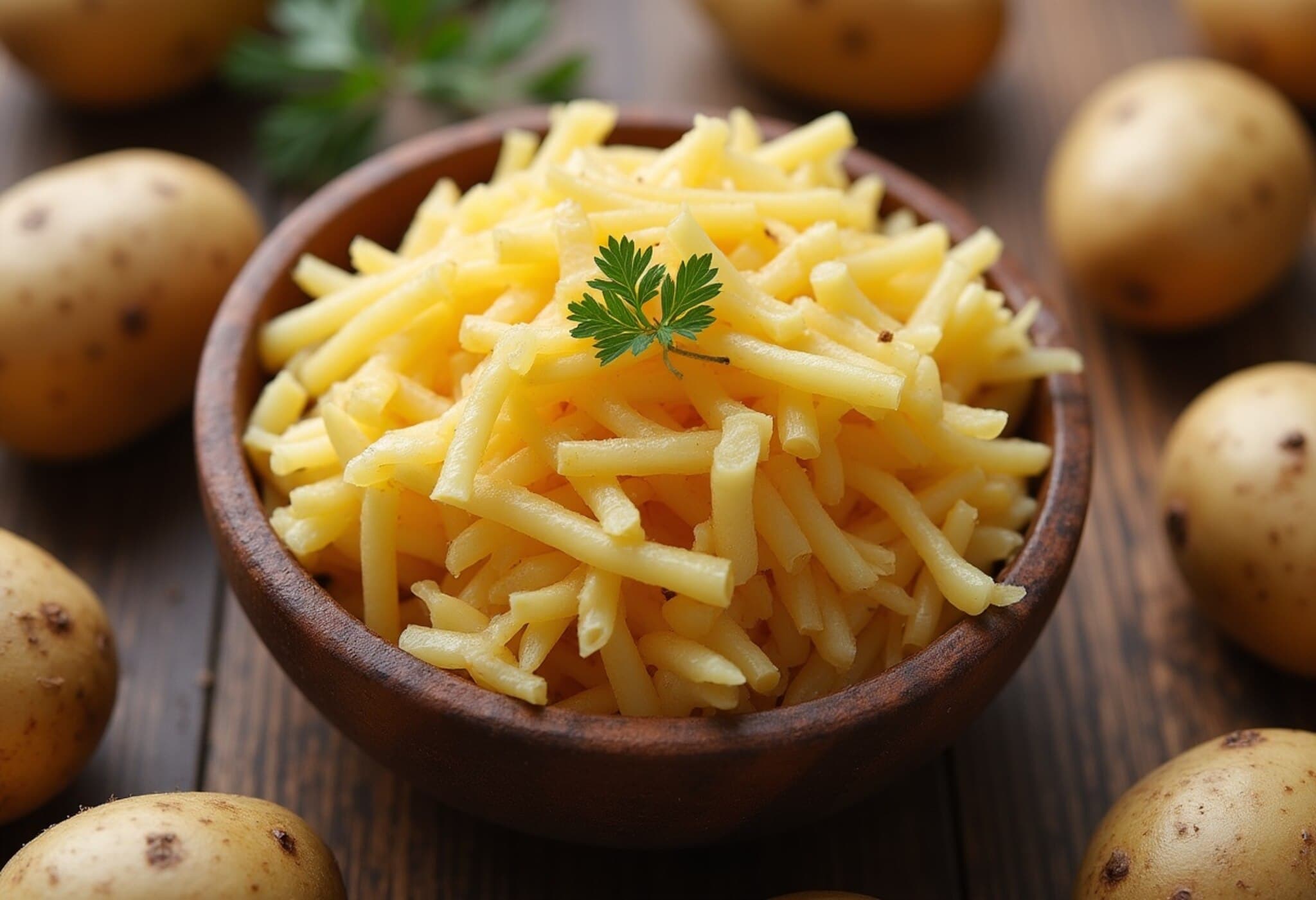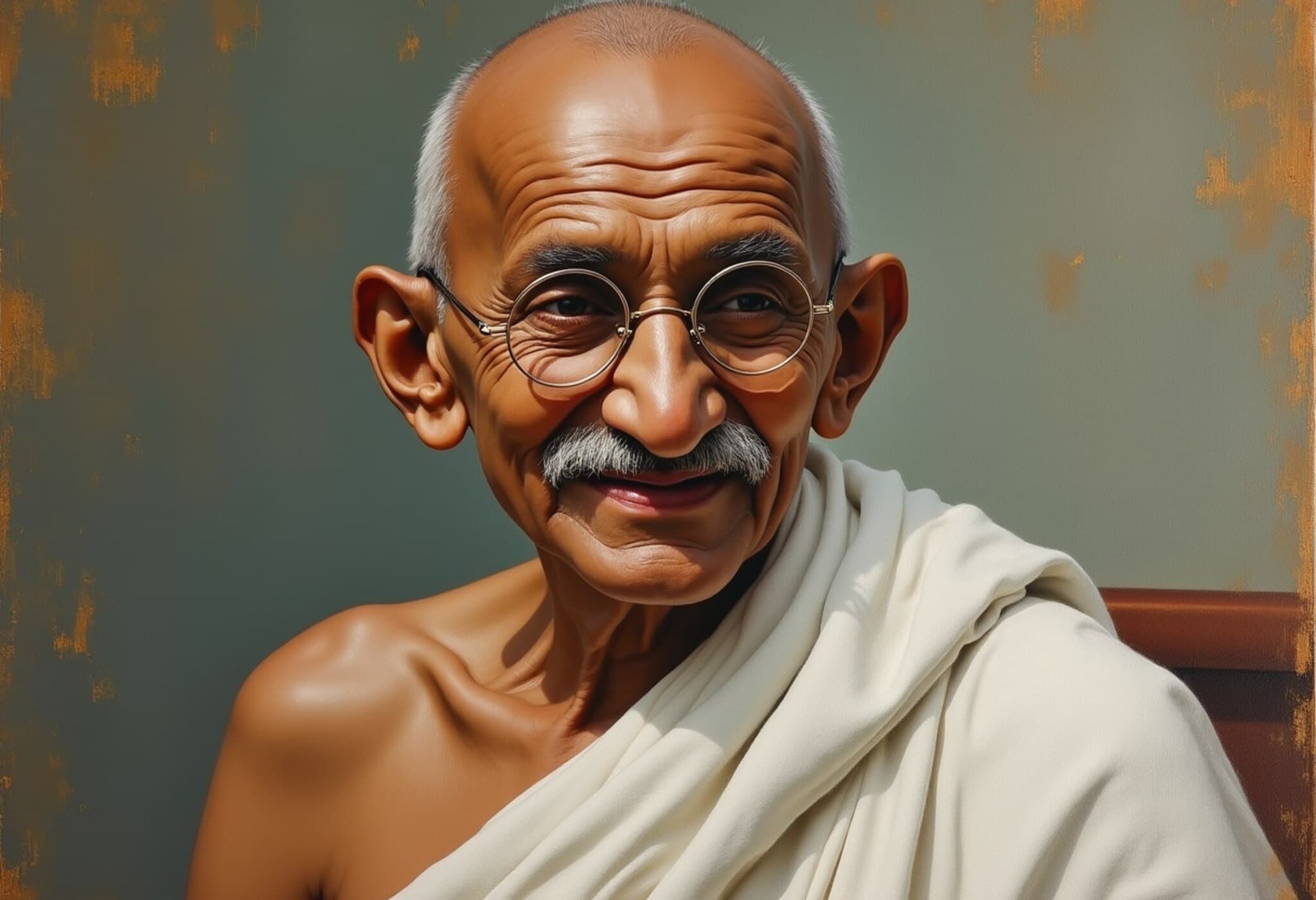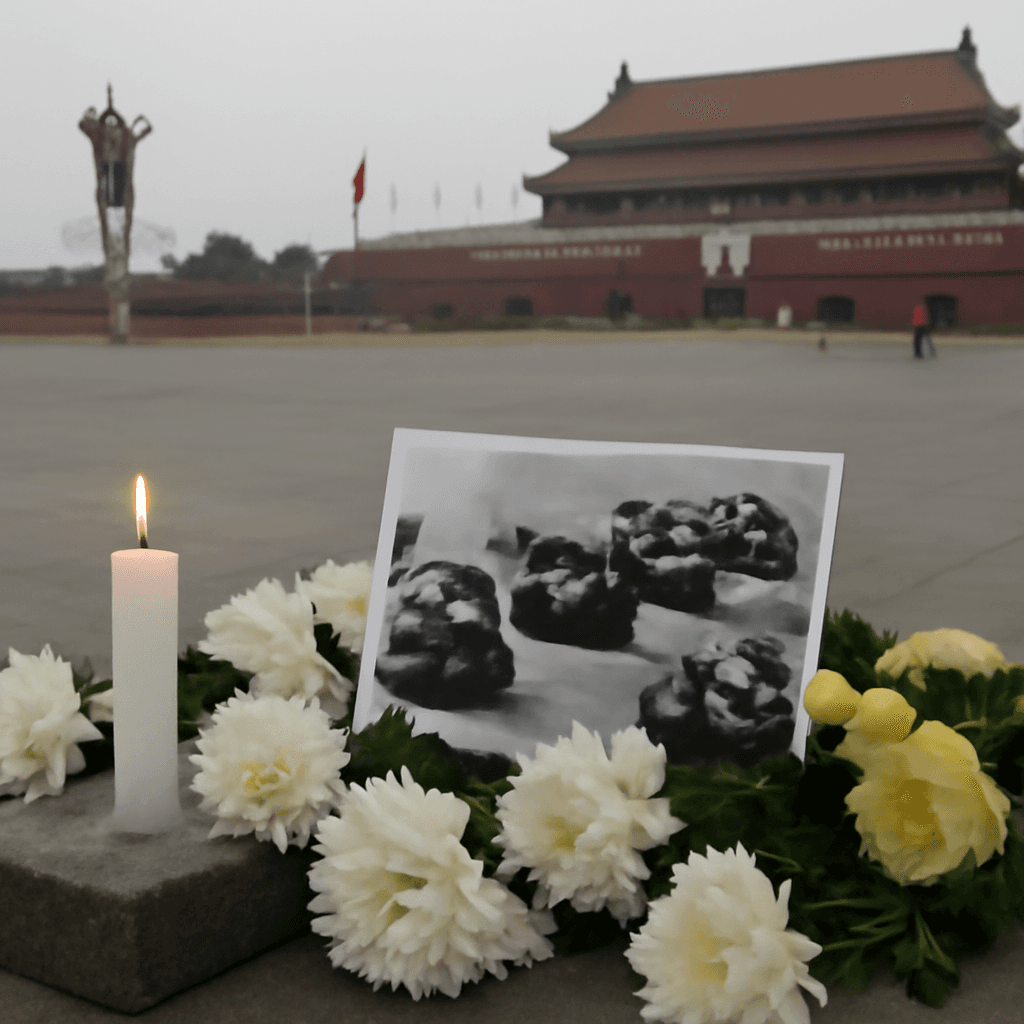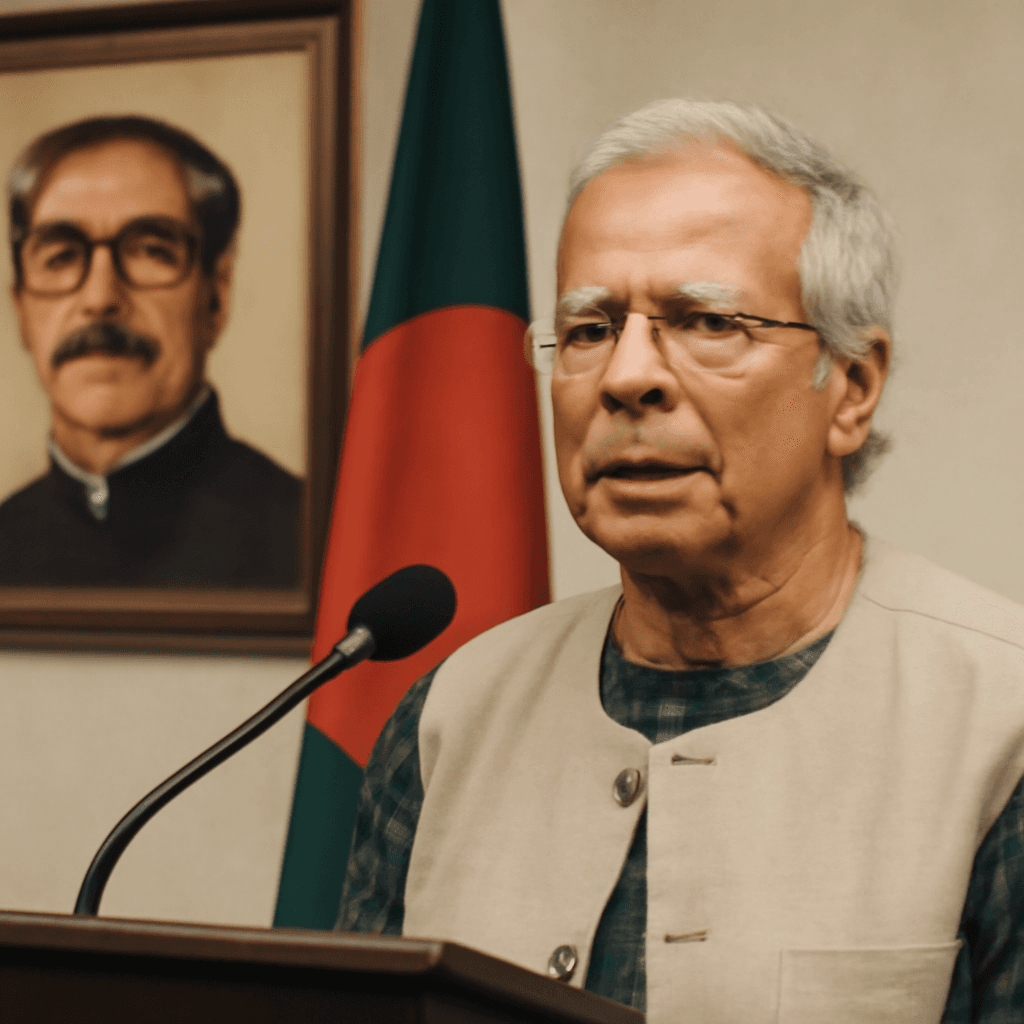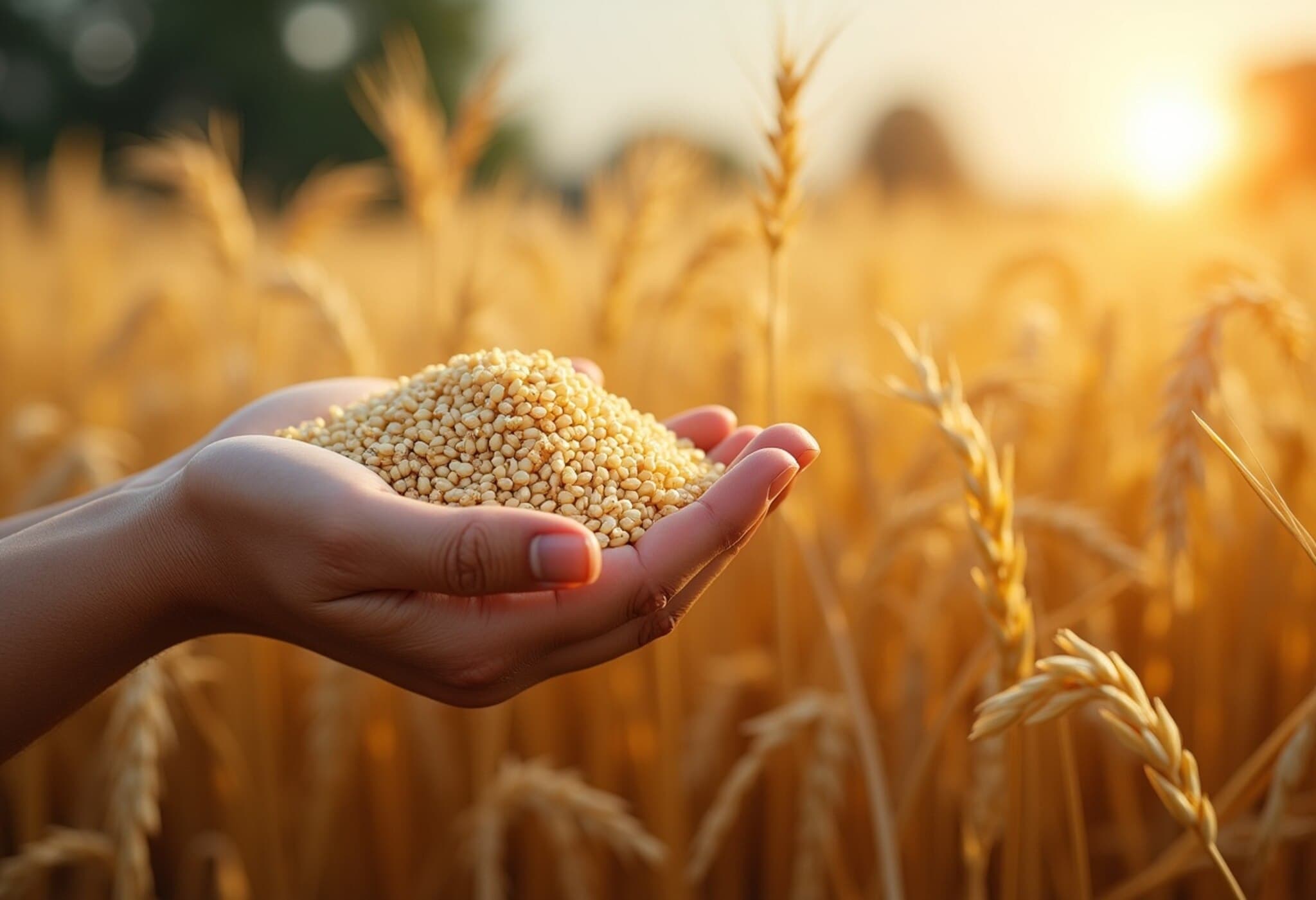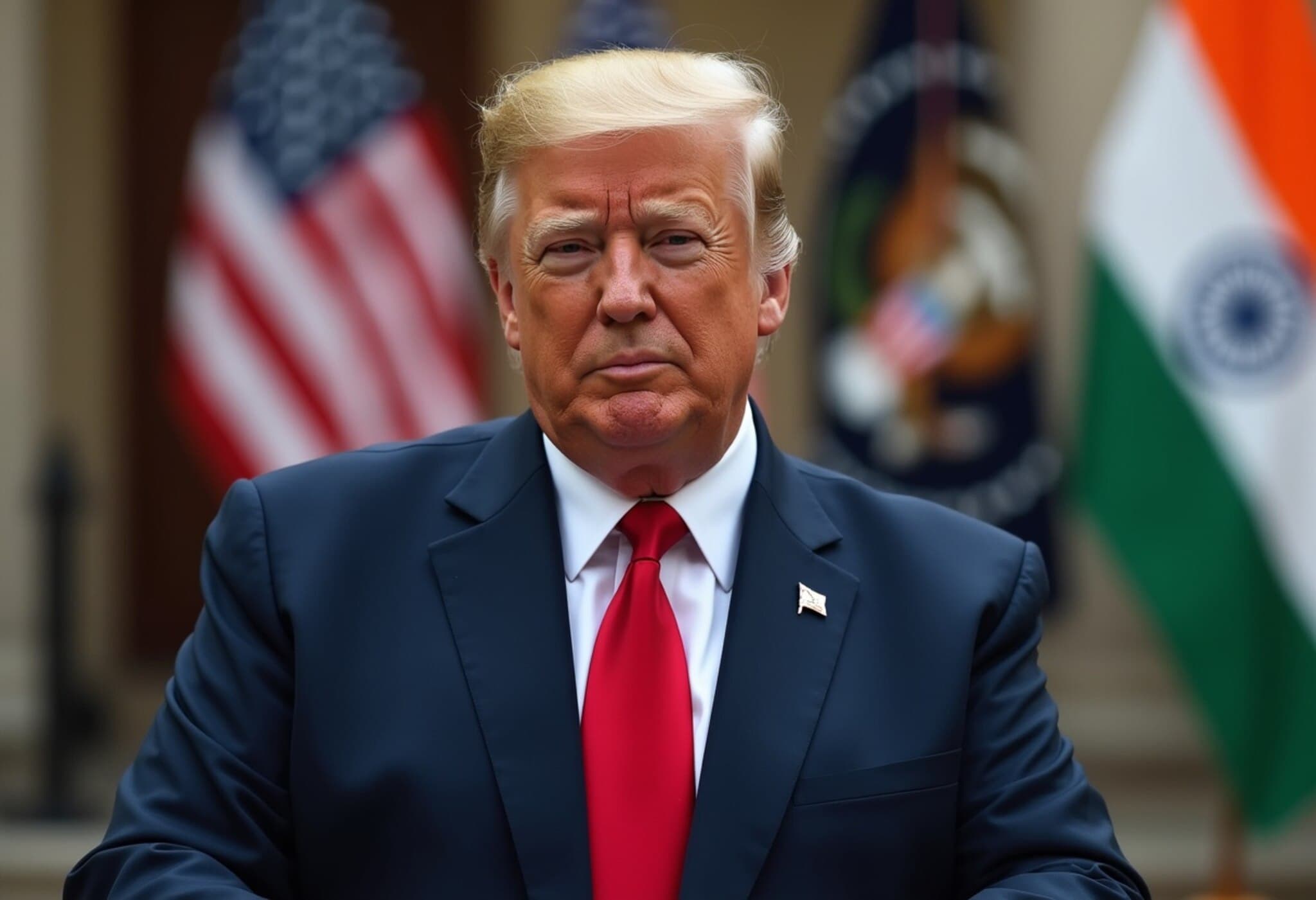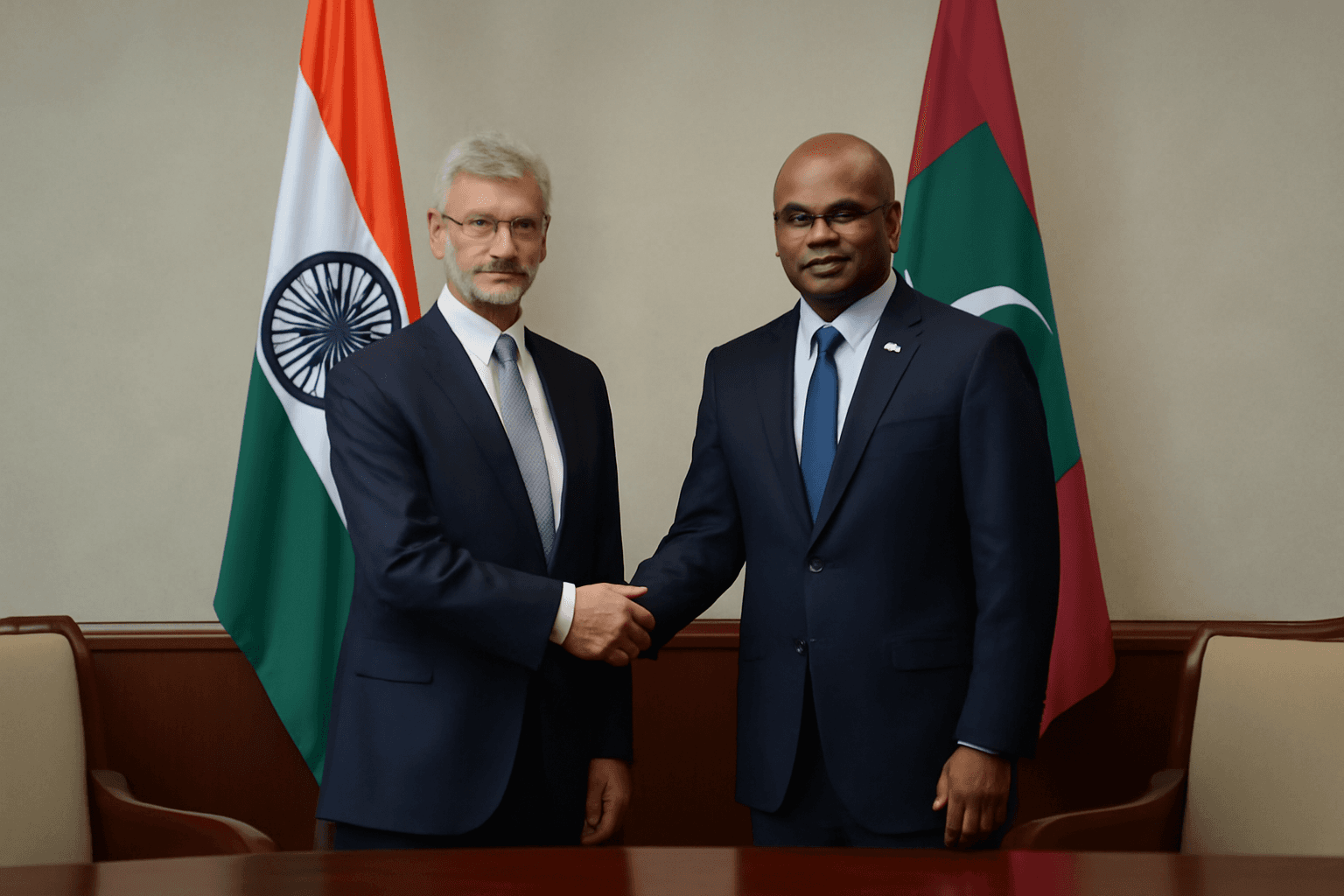The Untold Odyssey of the Potato: From South America to Indian Plates
Few foods have journeyed across the globe—and through the annals of history—with as much impact and resilience as the potato. Originating in the rugged highlands of South America, this unassuming tuber has transcended continents and centuries to become a vital staple, especially in India, where it graces tables from breakfast through dinner.
Ancient Origins: A Botanical Marvel
Contrary to the common notion that the potato originated merely as a root crop, recent genomic research has unraveled its fascinating evolutionary lineage. Approximately nine million years ago in South America, the potato arose from a natural hybridization event involving a wild tomato ancestor and a potato-like species, sharing a common ancestor that thrived some 14 million years prior. Such botanical interplay paints a rich picture of nature's serendipitous creativity.
Rooted primarily in water—about 79%—with an abundance of carbohydrates, proteins, and vital micronutrients, the potato is much more than a filler. As noted by renowned author John Reader, a modest 100 grams can fulfill nearly half the minimum daily requirement of vitamin C, alongside B-complex vitamins, calcium, iron, and potassium, contributing significantly to nutritional security.
From Wild Epiphytes to Cultivated Crop
The potato’s closest living wild relative, Solanum morelliforme, a delicate epiphyte flourishing on oak branches in southern Mexico, embodies the plant's ancient heritage. Migrating southwards with the formation of the Isthmus of Panama roughly 3.5 million years ago, these ancestral species diversified throughout South America, adapting to varied ecological niches.
It was around 10,000 BCE that Andean farmers in the Lake Titicaca basin began cultivating Solanum tuberosum, the potato variety familiar worldwide today. The remarkable resilience of the potato to grow in high-altitude, harsh environments made it an agricultural cornerstone for Andean civilizations, including the great Inca Empire. Indigenous techniques like freeze-drying to produce chuno allowed potatoes to be stored long term, a key factor in sustaining large populations and labor forces.
Global Spread Fueled by Empire and Exploration
The Spanish conquest of the Inca Empire in the 16th century not only secured vast territories but inadvertently set the stage for a global spread of the potato. Wealth generated by the empire was heavily sustained by agricultural outputs including this tuber, which paid for Spain’s expanding military ambitions during the 16th and 17th centuries, according to historian William H. McNeill.
From the Canary Islands, a waypoint for transatlantic voyages, the potato made its way into Europe by the 1570s. Spain’s military campaigns naturally disseminated the crop along supply chains stretching through Italy, Germany, France, and beyond. Nonetheless, early European attitudes were ambivalent; some feared potatoes were poisonous or caused diseases, and cultivation was even banned in places.
The turning point arrived during the War of the Spanish Succession (1701-1714), when famine drove populations to rely on the tuber wholeheartedly. It was soon recognized as a robust and nutritious food source capable of supporting population growth, which in turn enabled European powers to engage in widespread colonization.
The Potato’s Arrival and Integration into Indian Cuisine
Tracing the precise timeline of the potato’s introduction to India remains challenging. Portuguese trade networks from the mid-16th century likely first brought it to India’s western coast. By 1615, historical accounts reveal that potatoes were being featured at Mughal banquets, underscoring their early acceptance into Indian diets.
Subsequently, the British East India Company played a pivotal role in transporting potatoes into the Himalayan region, where locals referred to them as ‘English potatoes.’ Buddhist monks cultivated the crop in Bhutan and Nepal during the 1700s, spreading its utility across diverse terrains and cultures.
Remarkably, as European nutritionists debated the relative merits of potatoes versus bread, Indian voices like nutritionist Baneswar Singha argued that potatoes were superior even to rice. This perspective tied the tuber not just to sustenance but also to nationalist efforts aimed at strengthening Indian self-identity and health during colonial times.
In this way, the potato transformed from a colonial import into a symbol of resilience and culinary creativity—firmly embedded in Indian kitchens today. India stands as the world’s second-largest producer and consumer of potatoes, a testament to its profound cultural and economic importance.
Expert Insights: Why the Potato Matters Beyond the Plate
As a staple crop, the potato’s influence extends into economics, food security, and geopolitics. In the United States, for example, Idaho’s potato industry is a multimillion-dollar enterprise, vital to regional economies. Similarly, India’s potato belt supports millions of smallholder farmers, contributing to livelihoods and rural development.
The potato also embodies broader themes of globalization and cultural exchange. Its journey illustrates how colonialism shaped global food systems, yet local adaptations reframed the tuber as an everyday hero of nutrition and identity.
Furthermore, the potato’s ease of cultivation in diverse climates positions it as a strategic crop for addressing modern challenges related to climate change and population pressure.
Questions for Further Reflection
- How can potato cultivation techniques be innovated to improve sustainability in vulnerable regions?
- What role does the potato play in narratives of postcolonial identity, particularly in countries like India?
- In the face of global food insecurity, how might expanded use of tubers like potato support nutritional equity?
Editor’s Note
The extraordinary voyage of the potato—from wild Andean origins to the kitchens of India—exemplifies the complex interplay of ecology, history, and culture. Its humble appearance belies a profound story of survival, adaptation, and global connection. Recognizing the potato’s role in shaping societies invites us to appreciate common foods as bearers of heritage and hope. As challenges like climate change and food shortages loom, the potato could well remain a vital player in humanity’s ongoing quest for nourishment and resilience.

